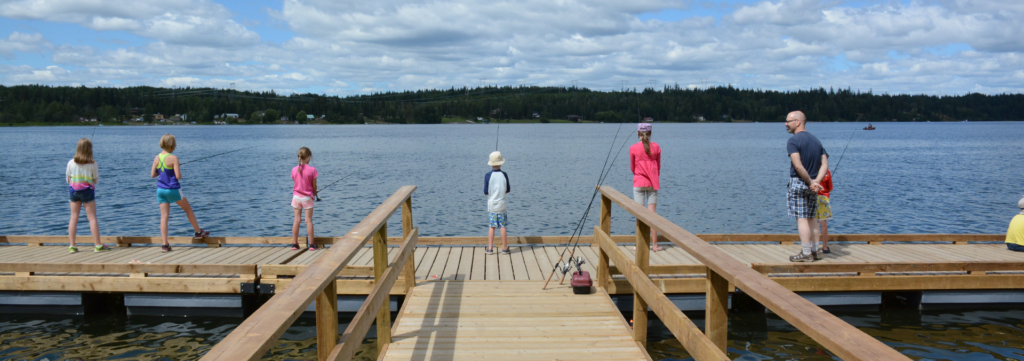During years of fishing lakes all over British Columbia, I have observed the frustration of many a fisherman trying to catch fish from shore. While having a boat greatly increases your chances of catching fish, fishing from shore or a dock is actually straightforward and easy, and can be highly enjoyable – as well as productive – when done properly.
Anglers who may be new to the sport can make obvious mistakes that hinder their fish-catching success. Read on for some helpful tips to improve your odds.
Proper Gear
First of all, the right gear for shore- or dock-fishing will immensely help your chances of success.
A spinning rod and reel are best for this kind of fishing for a number of reasons. Beginners will find it easy to cast long distances, which can be critical fishing from shore. You want to be able to cast far enough that your lure will “cover” as much water as possible. Spinning gear can handle different types of lures, baits, and even fly patterns that will entice fish to bite.
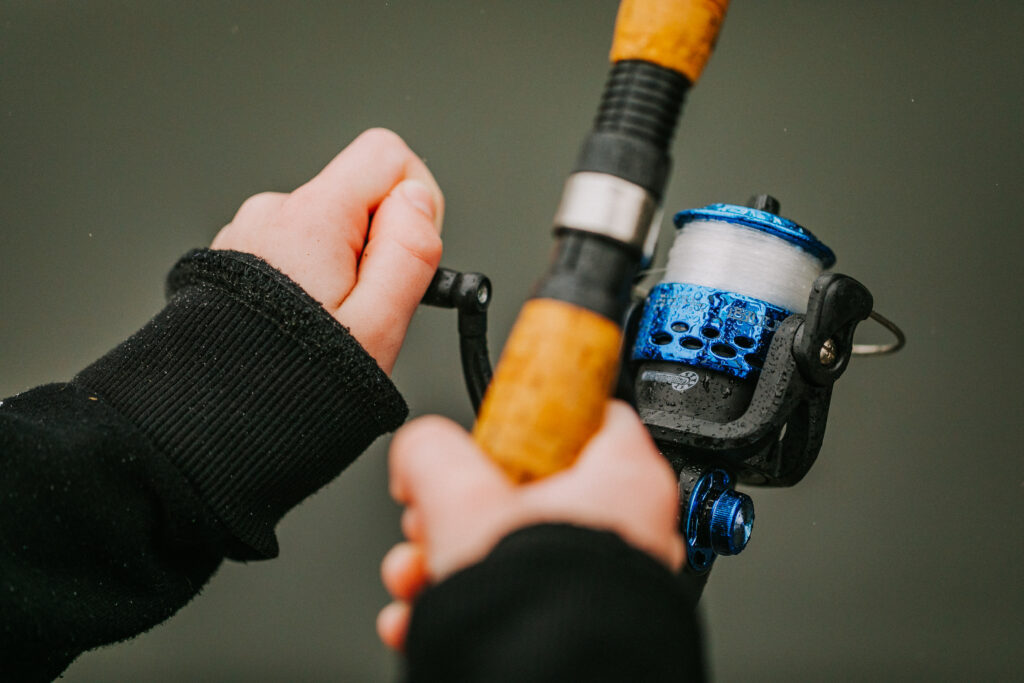
For rods, the best choice for any skill level is a light- to medium-action spinning rod, two to three metres (seven to nine feet) in length. Match the rod with a lightweight spinning reel loaded with 4- to 8-pound-test monofilament or braided line. Heavier rods, reels, and lines reduce the ability of the angler to cover lots of water, and to make enticing offerings to fish.
Lure Choices and Presentation
Good baits for catching trout include worms, single salmon eggs, krill, cooked shrimp, and Berkley PowerBait. Baits can be fished suspended under a float, or right on the bottom.
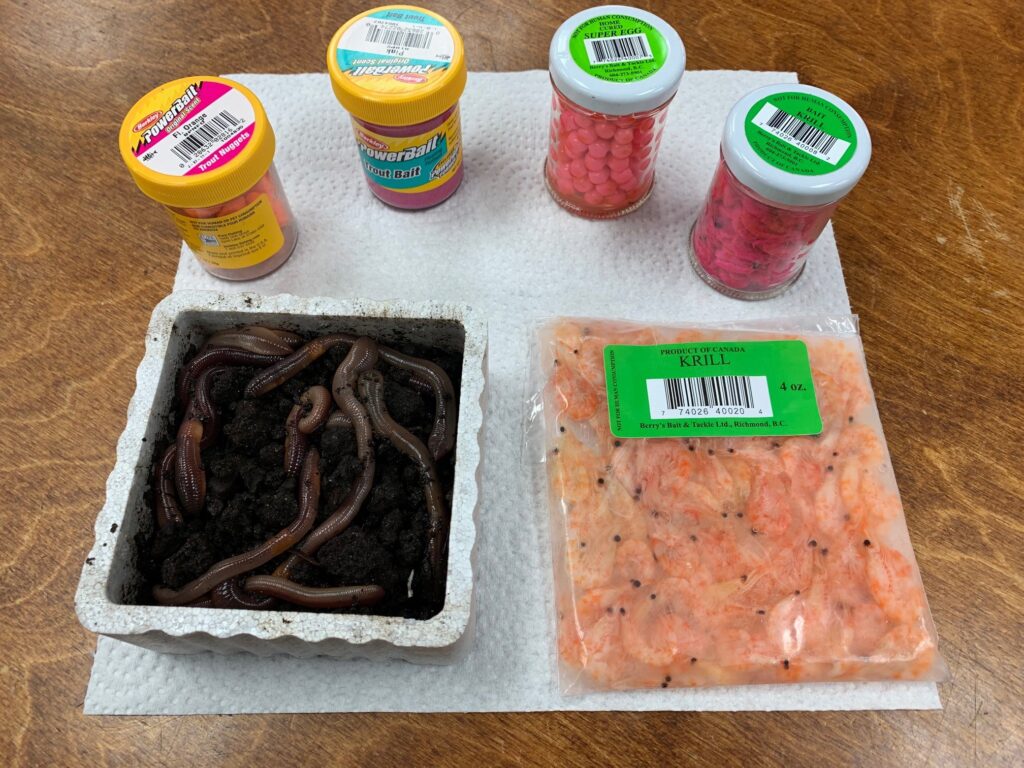
Common casting lures to use from shore are Luhr Jensen Krockodile, Dick Nite, Gibbs-Delta Croc or Hildebrandt spoons, and Worden’s Rooster Tail or Mepp’s spinners. You may want to add a small split-shot weight on the leader just ahead of the lure so that you can cast a bit farther into the lake. Small 1/8th-ounce trout jigs are also effective lures to try.
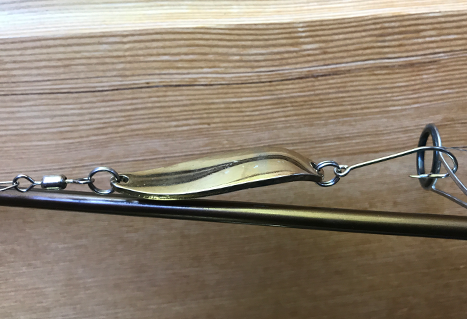
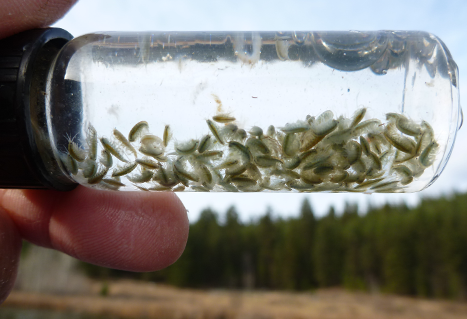
You can also fish small wet-fly patterns (Halfbacks, Fullbacks, or leeches) in the size #8 to #12 range.
Even if you have the right choice of bait or lures, you will have much better success if it is presented properly. The three best types of spinning presentations to use while fishing from dock or shore are bait-fishing with various offerings; casting-and-retrieving small lures like spinners or small, high-action spoons; and casting flies below a torpedo float designed to cast long distances.
Bait
Fishing various baits from shore or a dock can be done in two ways: with a float, or bottom fishing. Float-fishing keeps your bait suspended under a fishing float at various depths in the water column while avoiding snagging your terminal gear (weight, hook, and bait) on weeds or bottom structure. The key is to figure out what depth to fish your bait. Be observant; if you see fish rising on the lake, then fish your bait shallowly by adjusting the bait’s depth under your float to between one and 1.5 metres (three and five feet). If this does not work, then adjust your float depth to fish your bait deeper; work all depths down to just above the bottom structure.

Bottom fishing is usually employed when fishing deeper water with a clean or weedy bottom. Typically, you would attach a small sliding egg-weight onto your main line, followed by a small rolling or barrel swivel. Tie your size #4 to #8 bait hook onto the swivel using 45 to 60 centimetres (18 to 24 inches) of 4- to 8-pound-test monofilament leader. Adding a small fishing bobber just before the hook will keep your bait suspended above the bottom where fish can see it. If you are fishing a clean bottom, cast out and allow your weight to hit the bottom, retrieve using a couple turns of the reel every 15 or 20 seconds, and carefully watch your line where it goes into the water. When a fish bites, you will see the slack in your main line. Reel in slightly to wind in the loose line, feel the weight of your fish, and then “strike” by pulling sharply upwards on the rod to set the hook.

If you are fishing a weedy bottom, tie your size #4 to #8 bait hook onto a leader of about one to 1.2 metres (36 to 48 inches) in length. Bait your hook with PowerBait, cast out, and let the terminal gear settle onto the bottom. Reel in slightly to tighten just enough to keep slack out of the main line. Avoid retrieving your terminal gear along the bottom, and tangling your gear in the weeds. As Berkley PowerBait is buoyant, your baited hook will float up from your weight the length of the leader above the bottom, and will provide a noticeable presentation to fish.
Spoons and Spinners
While bait can just hang motionless beneath a float, a common mistake made by inexperienced anglers is to hang a spoon or spinner under a float, and just let it sit there. These casting lures are designed to be cast out and retrieved to cover as much water as possible. Cast your lure out, allow it to sink to different depths to cover the depth of water, and vary the speed of your retrieve until you are successful. Retrieving at various speeds allows the lures’ vibration and flash to attract fish. This method, done properly, can be very productive.
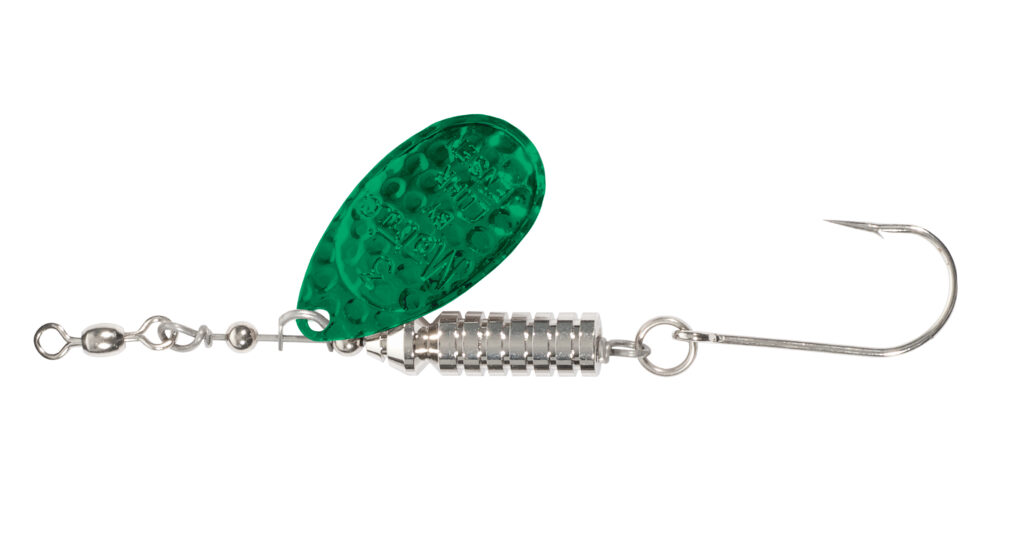
Flies
If you see fish rising to flies in the lake, try tying a chironomid fly pattern in sizes #12 to #14. Suspend the fly beneath a small spinning float, and cast out to the area where you see the fish feeding. Suspending the fly about one to 1.5 metres (three to five feet) under the float will work well. Retrieve the float very slowly, or not at all if there is enough breeze to move your offering. When using this method, vary the speed of your retrieve slightly to change the fly’s action and depth.

Take a Hike
The last thing I would like to mention about shore-fishing is to move along the shore wherever possible, and try areas that are not as easily accessible as others. While this may require some bushwhacking on more remote lakes, you may have more success where other anglers haven’t disturbed the fish. Rocky points that descend sharply into deeper water are good places to find suspended fish. Targeting areas where creeks enter the lake is also a good idea: creeks are constantly washing down items of food for trout.
When fishing from shore or docks, the adjustments I have suggested will help hone your skills, make you a better angler, and improve your chances of success.
Author: Nick Basok, Freshwater Fisheries Society of BC Ambassador
